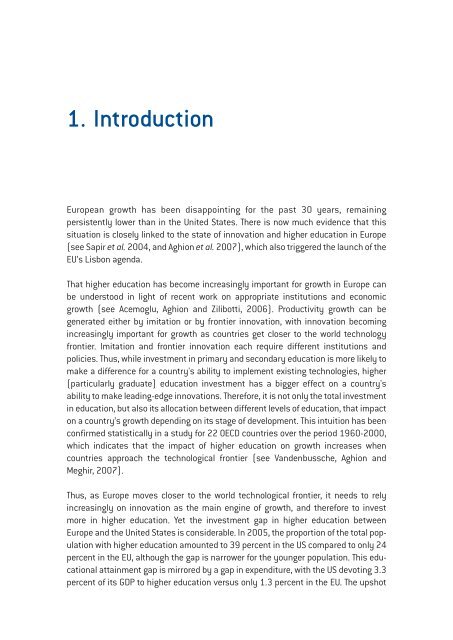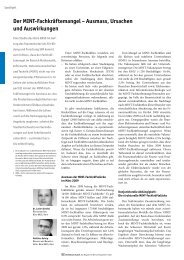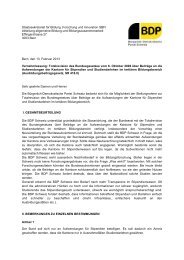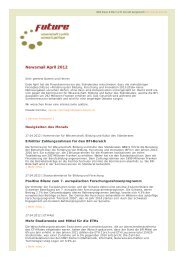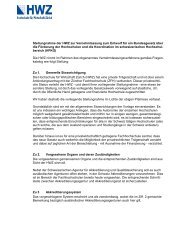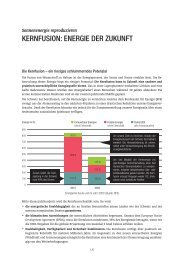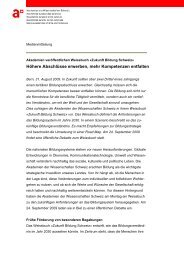Higher aspirations: an agenda for reforming European universities
Higher aspirations: an agenda for reforming European universities
Higher aspirations: an agenda for reforming European universities
Create successful ePaper yourself
Turn your PDF publications into a flip-book with our unique Google optimized e-Paper software.
1. Introduction<br />
Europe<strong>an</strong> growth has been disappointing <strong>for</strong> the past 30 years, remaining<br />
persistently lower th<strong>an</strong> in the United States. There is now much evidence that this<br />
situation is closely linked to the state of innovation <strong>an</strong>d higher education in Europe<br />
(see Sapir et al. 2004, <strong>an</strong>d Aghion et al. 2007), which also triggered the launch of the<br />
EU’s Lisbon <strong>agenda</strong>.<br />
That higher education has become increasingly import<strong>an</strong>t <strong>for</strong> growth in Europe c<strong>an</strong><br />
be understood in light of recent work on appropriate institutions <strong>an</strong>d economic<br />
growth (see Acemoglu, Aghion <strong>an</strong>d Zilibotti, 2006). Productivity growth c<strong>an</strong> be<br />
generated either by imitation or by frontier innovation, with innovation becoming<br />
increasingly import<strong>an</strong>t <strong>for</strong> growth as countries get closer to the world technology<br />
frontier. Imitation <strong>an</strong>d frontier innovation each require different institutions <strong>an</strong>d<br />
policies. Thus, while investment in primary <strong>an</strong>d secondary education is more likely to<br />
make a difference <strong>for</strong> a country's ability to implement existing technologies, higher<br />
(particularly graduate) education investment has a bigger effect on a country's<br />
ability to make leading-edge innovations. There<strong>for</strong>e, it is not only the total investment<br />
in education, but also its allocation between different levels of education, that impact<br />
on a country’s growth depending on its stage of development. This intuition has been<br />
confirmed statistically in a study <strong>for</strong> 22 OECD countries over the period 1960-2000,<br />
which indicates that the impact of higher education on growth increases when<br />
countries approach the technological frontier (see V<strong>an</strong>denbussche, Aghion <strong>an</strong>d<br />
Meghir, 2007).<br />
Thus, as Europe moves closer to the world technological frontier, it needs to rely<br />
increasingly on innovation as the main engine of growth, <strong>an</strong>d there<strong>for</strong>e to invest<br />
more in higher education. Yet the investment gap in higher education between<br />
Europe <strong>an</strong>d the United States is considerable. In 2005, the proportion of the total population<br />
with higher education amounted to 39 percent in the US compared to only 24<br />
percent in the EU, although the gap is narrower <strong>for</strong> the younger population. This educational<br />
attainment gap is mirrored by a gap in expenditure, with the US devoting 3.3<br />
percent of its GDP to higher education versus only 1.3 percent in the EU. The upshot


